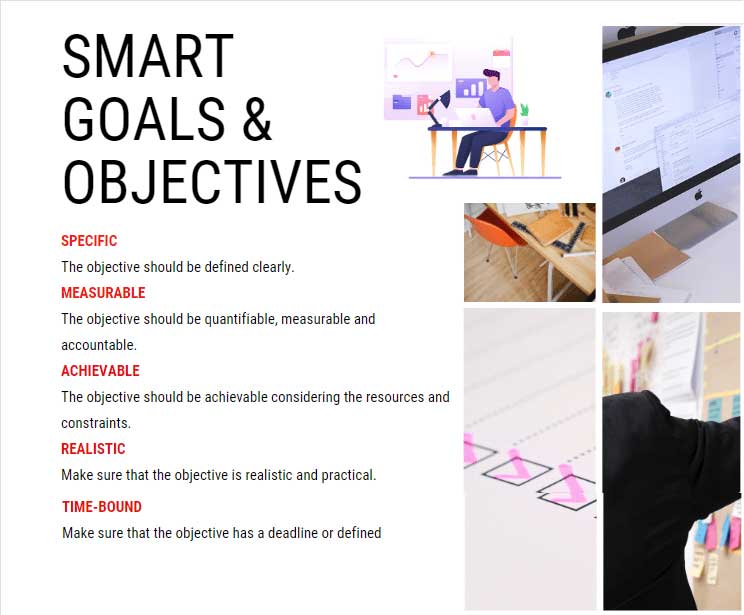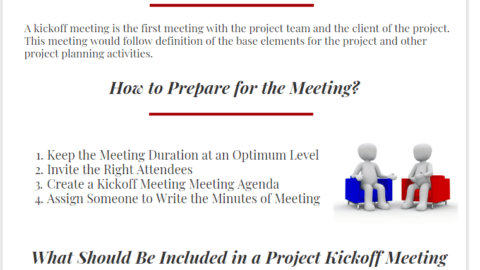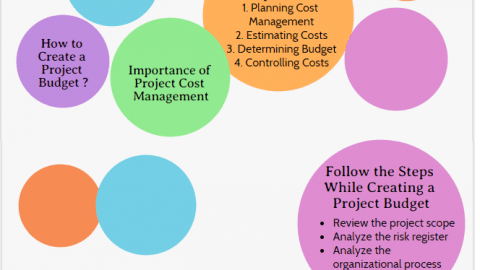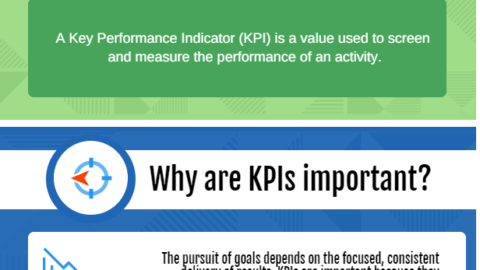How to Set Smart Objectives in Project Management?
Do you have personal objectives like being healthier in the next year or becoming a certified project manager? or, what are the smart goals for hotels, for students, for accountants? Just like people, having well-defined objectives for a project or an organization is essential for success in business. No matter what type of project you are going to build, all the projects have objectives. For a client, better brand recognition and generating more leads are some examples of project objectives. A smart goal guides goal setting by putting together a number of criteria to increase the possibility of success. In this article, we will discuss the definition of smart objectives by giving examples, and answer what are the 5 smart goals in project management.
Table of Contents
What are the Objectives of a Project?
A project objective defines the tangible and measurable “what” of a project. That means it describes achievable, comparable, applicable, and realistic goals of a project. In other words, project objectives set guidelines to get from A to B. Therefore, clearly defined project objectives guide decision-making throughout the project life cycle.
Project Goals or Project Objectives
Many people think that project goals and objectives are the same. However, they are different but interrelated concepts. Unlike objectives, goals are the high-level targets set by the business. Objectives have more detail levels. Projects may have one goal but many objectives for the goal. Objectives are the defined steps to reach the goal. It is better to set goals before setting objectives because the objectives help you to reach the desired end results of the project.
For example, “increasing sales” is the goal of a software development project, and below are the objectives to reach the goal.
- Identify competitors to make comparisons
- Survey customers to understand their requirements
- Making market research to understand if the product responds to the needs.
Before discussing how to write smart objectives, let’s talk about how to write the objectives of a project.
How to Write SMART Objectives in Project Management?
As we mentioned above, having the right and well-defined project objectives is essential for success. Objectives are used to communicate project purpose, direction, value, efficiency, and progress.
In order to have the right project objective, you need to ask questions regarding those requirements. Because asking the right questions will help you identify significant project objectives.
For better understanding, let’s review the example below.
“Increasing sales by %20 within 24 months ” is the goal of a software development project of your company. Now you will ask questions to find the right project objectives to reach this goal.
- How do we increase sales by 20% within 24 months?
- Why do we increase sales?
- Is increasing sales helpful to increase the profit rate?
- Should we be looking to decrease the costs while increasing sales?
In this example, you are questioning and thinking strategically about the goal of this project. Asking more questions will help you to set the right project objectives. If you can not answer them yourself, you can conduct a brainstorming session with your team members, stakeholders, and the client.
Smart Project Objectives
Up to this section, we discussed the difference between goals and objectives and we emphasized the importance of setting well-defined project objectives. Now, we will discuss how to set smart project objectives. Following the smart approach helps to make sure you have got everything in place while writing a well-defined project objective.
Smart goals conforms to the following criteria.
- Specific
- Measurable
- Achievable
- Realistic
- Time-bound
SMART is the acronym of the above.
Smart Project Objectives with Examples
Smart objectives should conform to the following criteria: Specific, Measurable, Achievable, Realistic, and Time-Bound.
Now we will discuss each of them in detail.
Specific: The objective should be defined clearly. It should define a specific area of improvement or answer a specific requirement. Ask who, what, why, where, and when questions while creating this part.
Measurable: The objective should be quantifiable, measurable, and accountable. This will help you to track the progress of the objective and understand when it will be met.
Achievable: The objective should be achievable considering the resources and constraints. While creating this part of the objective, identify the steps to achieve the target and ask yourself how you will achieve it.
Realistic: This is one of the most important ones. Make sure that the objective is realistic and practical. While creating this part, ask yourself if you have enough budget, time, and does your team has the right knowledge to complete the objective.
Time-Bound: Make sure that the objective has a deadline or defined. Having a specific end date helps everybody to focus on the objective. It also helps the team to understand the relationship between related objectives. For example, Objective 1 cannot start until Objective 2 finishes, or Objective 1 and Objective two should be completed at the same time.
Summary
No matter which project management methodology (Agile, Scrum, Kanban, Waterfall) you are using, you need to define project objectives clearly that all stakeholders agree with. Project objectives are set during the project initiation and they guide decision-making throughout the lifespan of the project. You need to reach the project objectives in order to achieve the project goals. In order to achieve the objectives, you need to define them clearly and then support them with an action plan. Establishing smart project objectives helps you to set out your road map. If you perform this, you will increase the chance of your project’s success.
In this article, we discussed what a project objective is and how to set out objectives using the smart criteria with examples.
Note that a well-defined objective is critical because it can affect every phase of the project life cycle.
Projectcubicle.com offers a series of articles to advance your project management skills and your career.
Further Reading
Guideline for traveling from vision to projects and back
See Also

Wanda is the Director of Blue Horizons Professional Training Services which focuses on the delivery of PMI-SP, Stakeholder Management and other project related workshops, training, mentoring and consulting services. She holds a Doctor of Project Management from Harward University.











SMART goals enable us to remember what we think of our goals in 5 items and they encourage us.